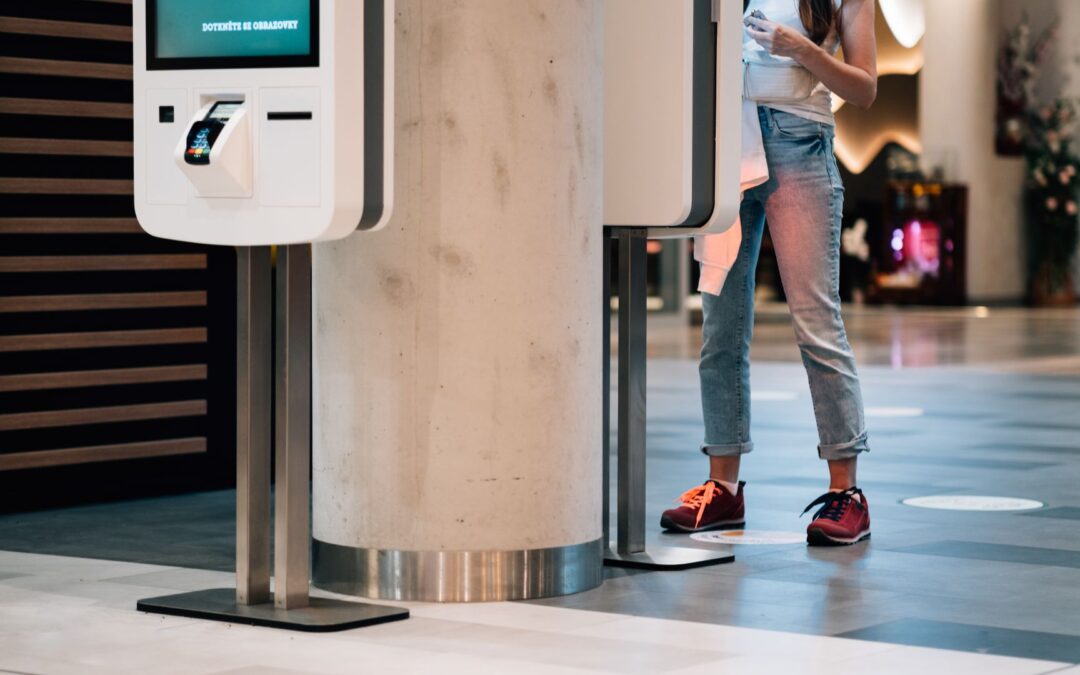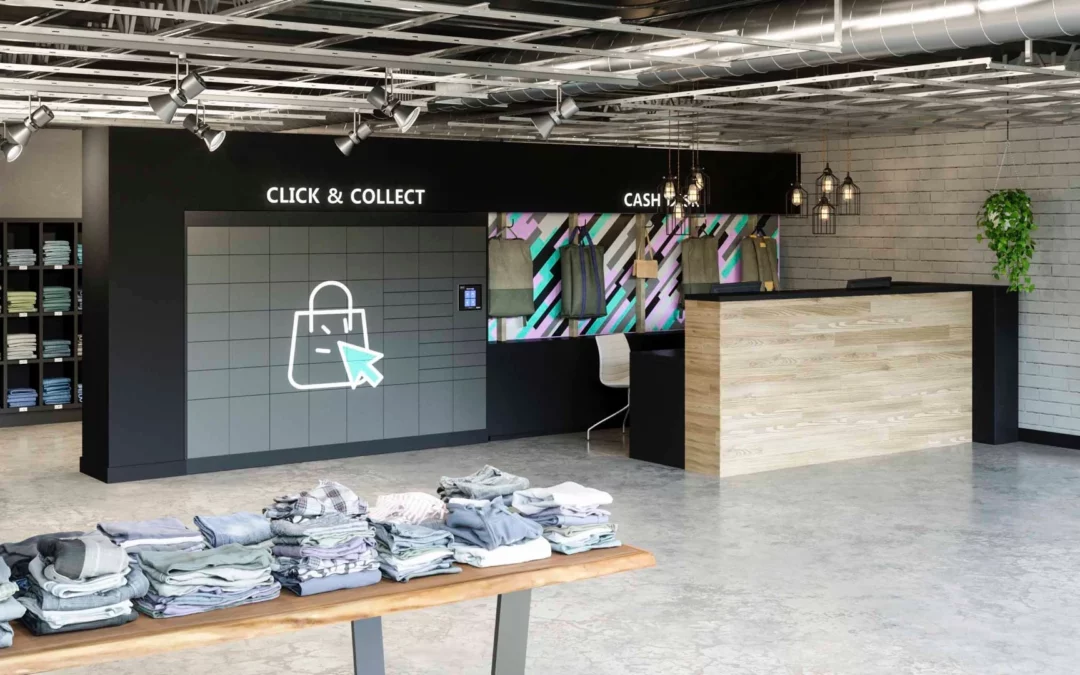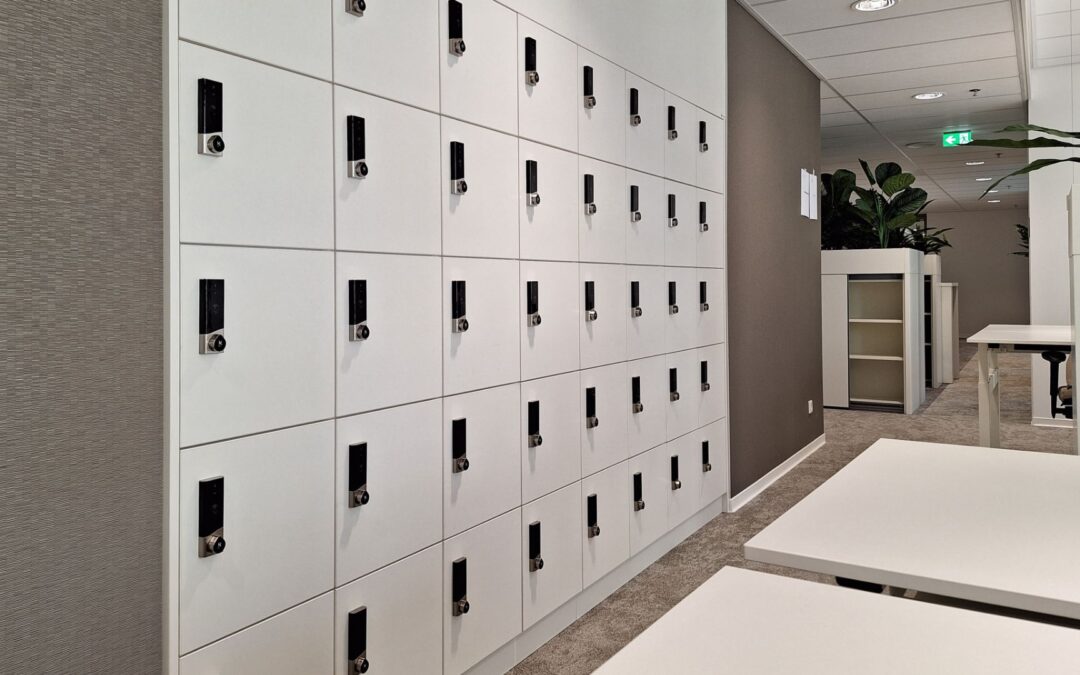When planning an office redesign, it is important to not only consider its new look but consider the new needs of its employees and visitors.
As companies strive to creatively attract their talent back into office buildings and out from the comfort of their home offices, implementing an engaging, full workplace return or maintaining an effective hybrid working policy has proven a challenge for many. Whether it’s a lack of processes or decreased employee engagement, flexibility has become a norm with its own set of obstacles.
This is part of why overall workplace experiences ─ which include the collaborative office space and the technology used for company processes ─ have become an intrinsic part of an employee’s end-to-end journey with an organisation. With effective Office Redesign, improving their workplace experiences increases overall business efficiency and productivity, which is why today’s blog will cover the following questions:
- Is the purpose of office redesign shifting in the post-pandemic world?
- What are the challenges of redesigning a collaboration office space?
- How can smart technologies be used to design your collaborative workspace?
The Purpose of an Office Redesign
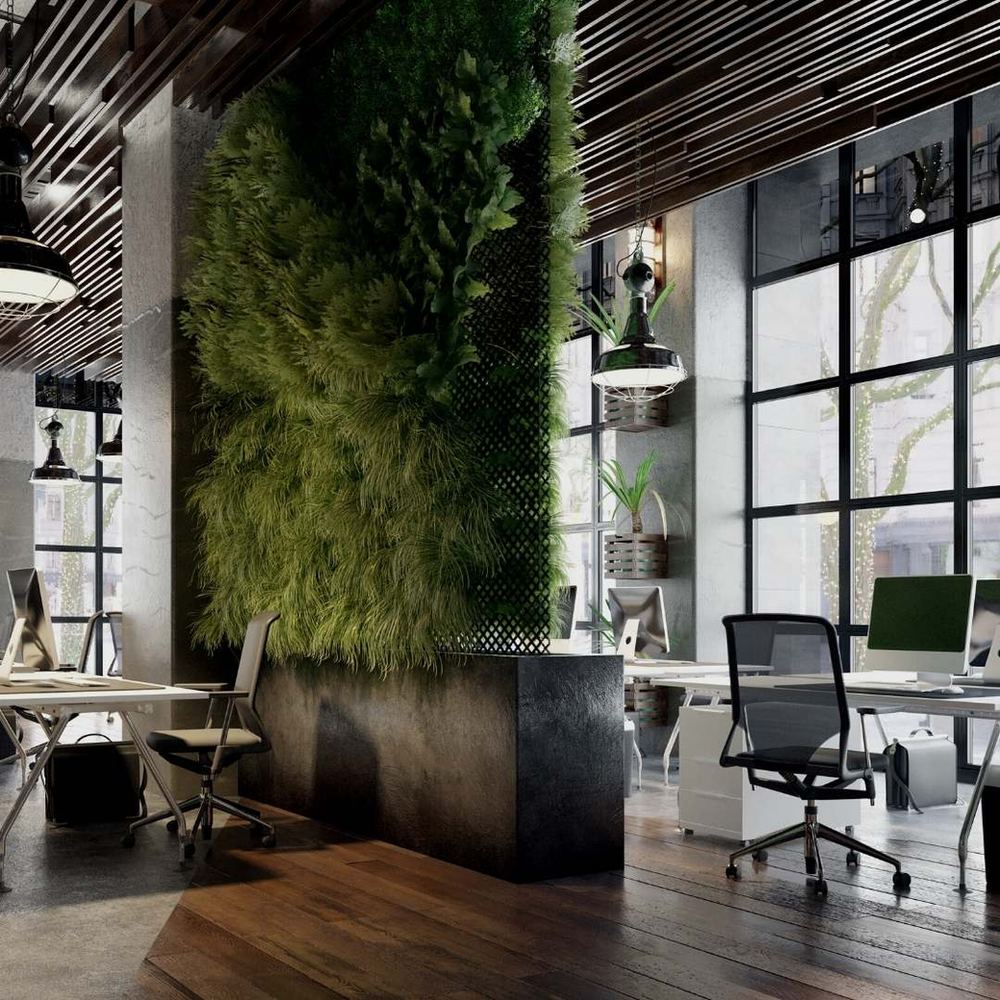
If you are considering redesigning your workplace, you might be thinking of aesthetics and branding to represent the uniqueness of your business and boost internal morale.
However, decreased employee engagement and lack of organisation and collaboration are a few common business experiences caused by changes in people, places, and tools ─ including staff, collaborative workplaces, and technology.
Prioritise workplace experience & employee wellbeing
The modern smart workplace has seen a shift towards improving and prioritising company culture and staff wellbeing, as employees have realised that their health and well-being at work should be an irreplaceable necessity, and everyday experiences are, in fact, invaluable. Likewise, businesses have realised that their work environments in terms of layout and connectivity need to adapt to their employees to maintain and maximise productivity.
The shifting change in the need for office collaborations
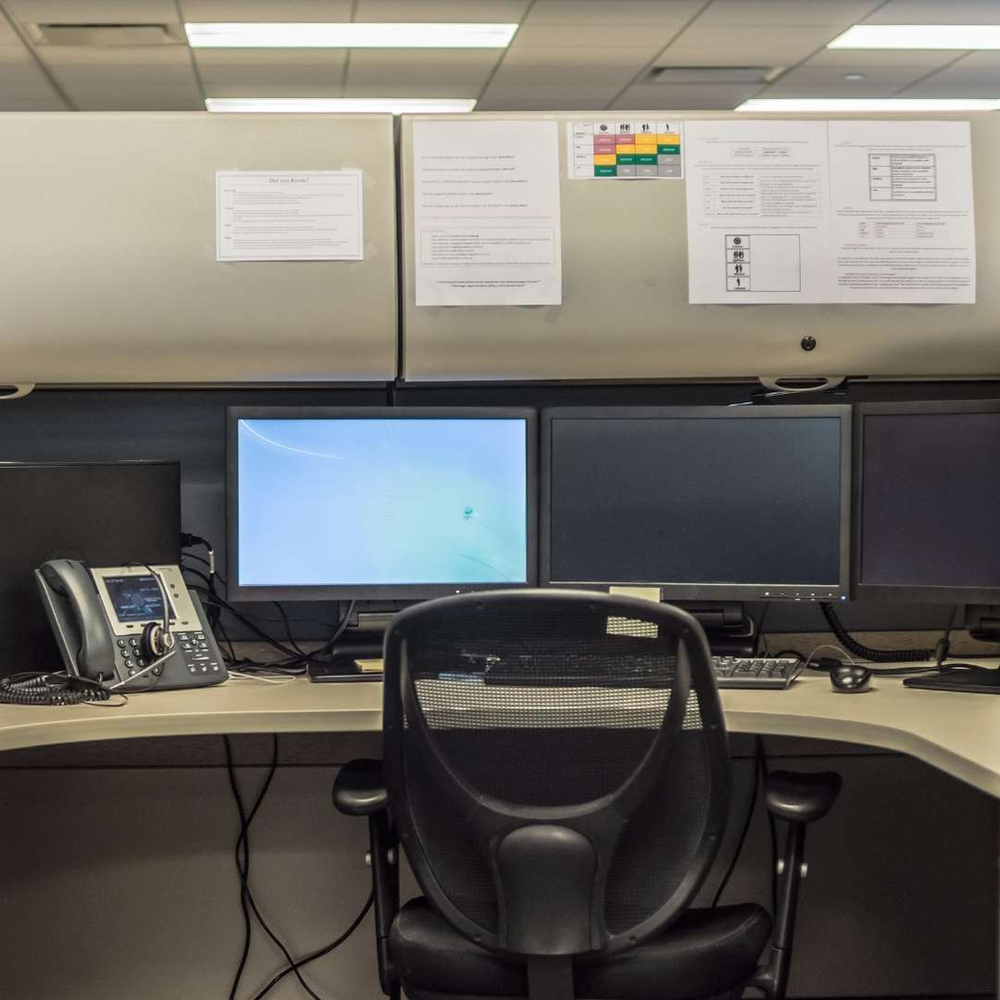
Remember the high-wall cubicles taking over the corporate world in the 1980s when people wanted space to concentrate? Nowadays, organisations are shifting towards open spaces that support collaboration, and shrinking areas for individual work.
With overall time spent on collaborative activities increased by 50%, offices have been redesigned, repurposed, and refined to offer a space where employees can collaborate better while respecting the need for privacy.
Creating a more modern, collaborative workplace for both guests and employees provides a unique office experience to comfortably navigate the space and familiarise themselves with the tools available. Doing so assists in ensuring an aligned sense of company connectivity, both in and out of the premises.
Improve employee engagement
When people disengage, it creates less room for productivity. It is important to spot the signs, try to understand their root causes, and create a workplace where employees’ needs can easily be met to lift some of the weight off their shoulders to focus on what matters the most.
Streamline manual processes
To accommodate for flexible working and irregular visits, redesigning the office with self-service technology not only assists with engagement but offers useful adaptability to visitors and your organisation’s current workflow, as and when they need it. This really helps display the level of consideration and care that a company makes to supply the people with the tools they need to succeed.
Challenges of an Office Redesign
When making a space your own and adjusting it for flexibility, it is important to identify your workplace challenges. Here are a few useful considerations to think about before planning an effective office redesign.
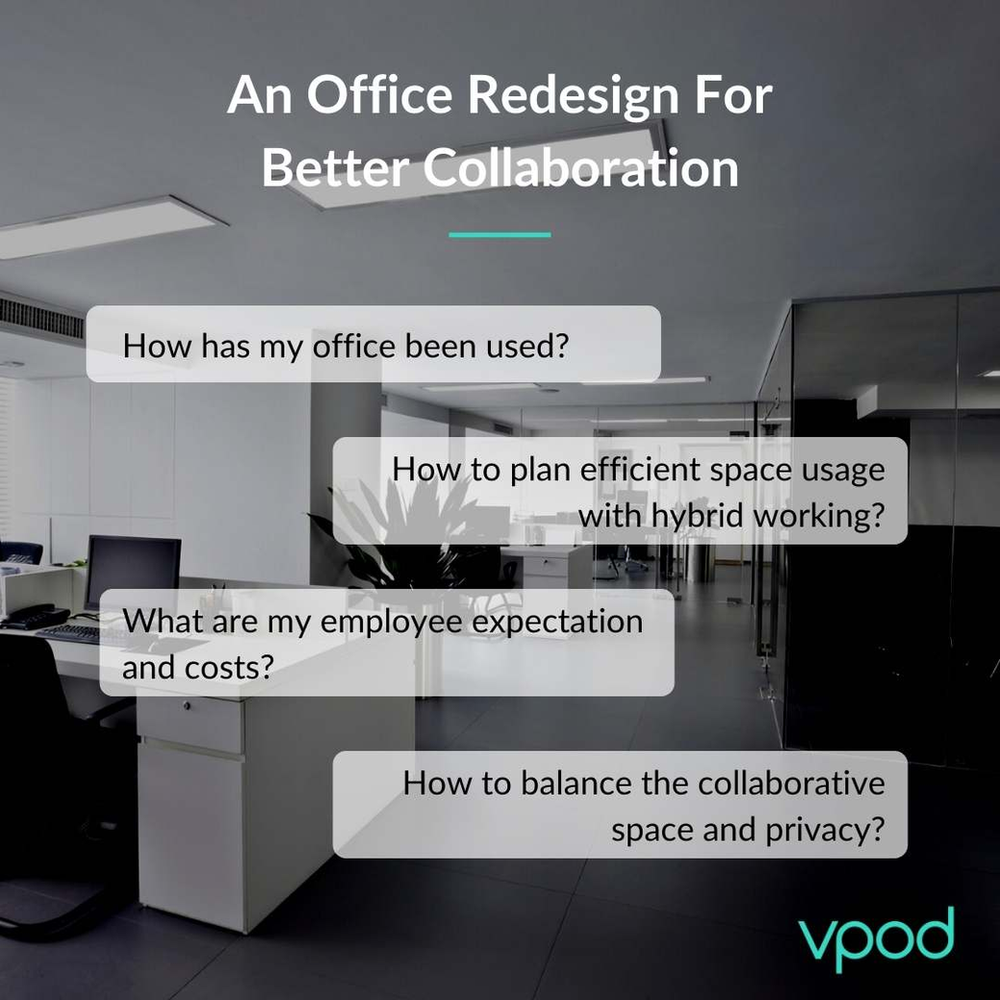
Understand how the office has been used
From visitor details and building usage to employee feedback, understanding how people are using the workplace should be the fundamental base of redesigning an office.
Although the cost of occupancy and planning density figures are crucial to understanding how the workplace is being used, human-centric workplaces are collecting soft data through experience and effectiveness instead, for improved space usage.
Efficient space usage and hybrid working
With the inconsistency of people going into Collaborative Office Spaces, a major challenge presented by hybrid and remote working is how people are using these spaces.
Prioritising collaboration and increasing space efficiency are key to decreasing the cost of unused spaces. Organisations know all too well that space is expensive. But how implementing Office Resign with the right planning and a good understanding of their employees’ requirements and preferences has posed challenges to businesses.
Employee expectations and costs
Redesigning is a challenge in and of itself, and the challenges of providing new tools that are not useful or implementing the wrong changes can be daunting.
Effectively communicating with employees can save you both cost and time and allow you to plan your Office Redesign according to active needs. Among other things, it streamlines communication between departments, accommodates future growth, saves floor space and reduces rental costs.
An ecosystem of “Us” & “Me”
A Collaborative Office Space doesn’t mean intruding on employees’ privacy. Harvard Business Review specifically highlighted how modern offices are planned to foster collaboration, however, it’s often poorly executed — with people feeling a lack of personal space and privacy to concentrate and recharge.
Modern office design is not just an open plan, instead, providing the ability to switch between collaboration time and individual private time. People not only need a space where they can generate ideas but also a space where they can focus and let ideas gestate. For instance, personal lockers are vital to balance privacy and collaboration in a dynamic workplace while encouraging a better work-life balance.
How to modernise your Collaborative Office Space with Smart Technologies
Embracing and supporting technology is a key step to office redesign, making the space more intuitive for visitors and employees. Common solutions include:
- Centralised platforms for resources and digital tools, including registering office attendance, access control and automating smaller, everyday tasks
- Reception experiences for faster processes, such as employee and guest check-ins, and book resources such as rooms, desks and self-service lockers
For a collaborative office space, it could be challenging to keep on top of internal bookings, resources, keys and deliveries, and equipment availability. Vpod Smart Solutions has several digital approaches with analytical features that allow you to keep track of usage and implement automation for easier work experiences, which can be applied to physical spaces with remote and hybrid workers.
1. Workplace consultancy that helps you drive the change
As mentioned earlier, gaining a clear understanding of your workspace and your employees’ expectations is an essential first step. Leveraging technology and data-driven insights, workplace consultancy services can play a pivotal role in facilitating a smoother office redesign while pinpointing key challenges that need improvement.
Vpod’s consultancy approach is tailored to provide comprehensive support throughout this important journey. Our goal is to assist your organization in identifying pain points and devising effective workplace strategies that will elevate both your business and your employees’ experience. By partnering with us, you can expect a thorough assessment of your current situation, followed by the implementation of innovative solutions that align with your unique needs and goals. Together, we can transform your workplace into a thriving environment that fosters productivity, collaboration, and overall success.
2. Centralised resources in one single platform
Vgreet is an all-in-one virtual reception platform that allows you to complete more than just employee or guest check-ins, making the reception experience more intuitive and seamless. It also allows for quick access to a ticketing system for getting in touch with IT, receiving building information, wayfinding, live travel updates, and more.
3. A locker bank that’s secure, shareable, and flexible
Consider upgrading your existing locker cabinets with smart lockers, or purchasing a smart locker bank. Compared to one locker assigned to one person, hot lockers can be shared/ booked on demand. Especially in a co-working or hybrid workplace, smart lockers are a convenient and secure storage solution.
In addition, Vpod’s multi-purpose smart locker systems give you the freedom to safely store personal items, lock up IT devices, and collect parcel deliveries in the same locker bank – all through digital means, so no more worrying about misplacing keys or stolen items.
Summary
The key to a successful office redesign is creating a workplace ecosystem that empowers individuals by giving them choices for where, when, and how they work, and prioritising creating spaces for them to brainstorm and be re-energised by moments of solitude. These improvements can be made through:
- Understanding your people’s needs through communication and data, and the current usage of spaces and technology
- Identifying challenges in company processes, what could be automated, and which aspects within the office can be optimised for productivity
- Integrating smart technologies with sleek, modern designs that offer employees easy-to-use, multi-purpose tools that can solve everyday problems and adapt to their current workflow for more efficiency
